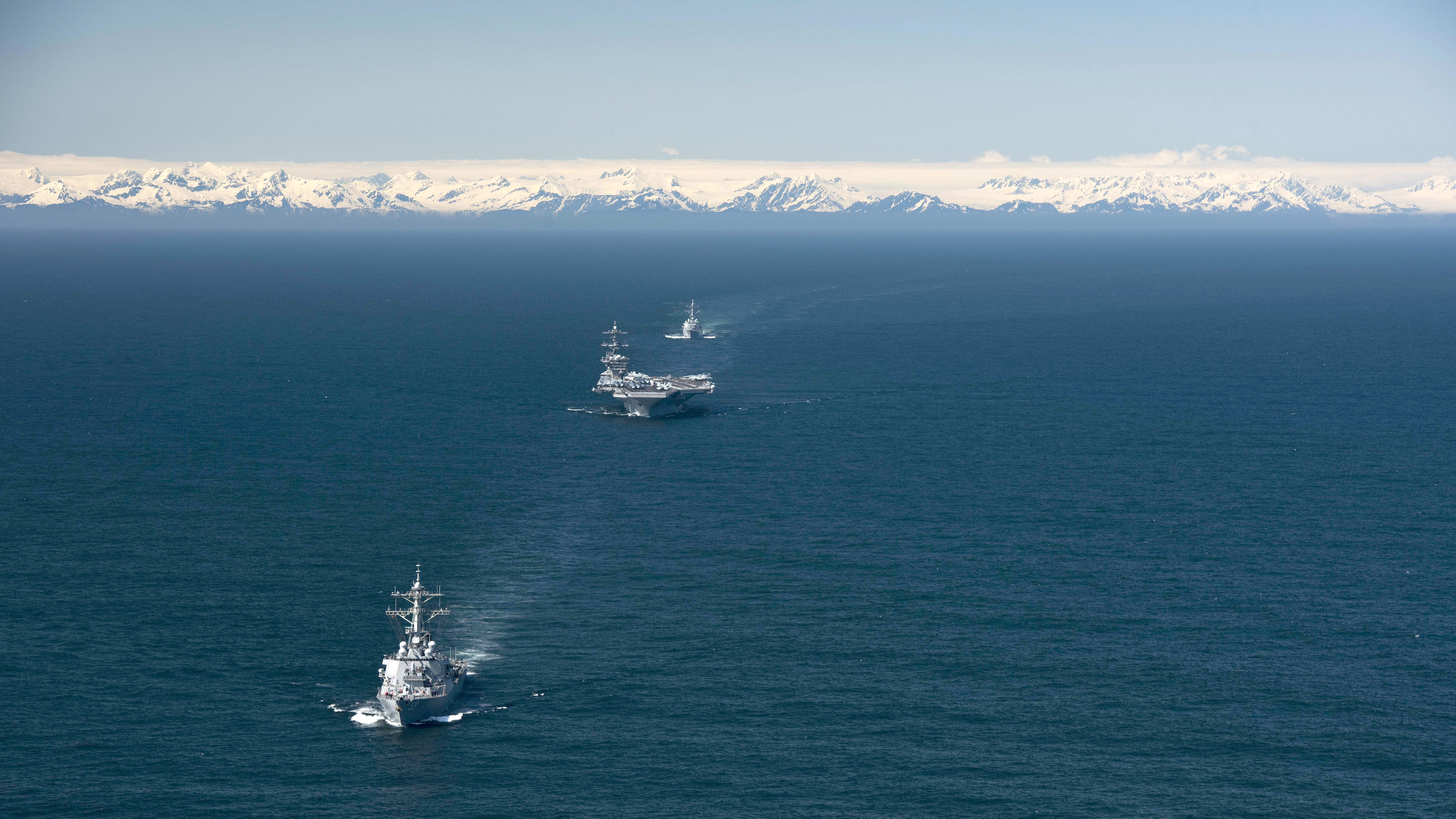U.S. Defense Department creates new Arctic strategy office
Iris Ferguson will head a new Arctic strategy and global resilience office.

The U.S. Defense Department announced on Tuesday the creation of a new Arctic strategy and global resilience office, as the U.S. sharpens its focus on Arctic security.
The news follows the opening of the Ted Stevens Center, intended to collaborate domestically and globally on Arctic security matters, and the establishment of the 11th Airborne Division to focus on cold weather operations.
The new office will be headed by Iris Ferguson, the newly minted deputy assistant secretary of defense for Arctic and global resilience.
Previously, Ferguson was a senior advisor on Arctic and climate security issues for U.S. Air Force Futures and the Air Force Deputy Chief of Staff for Operations.
The Arctic is “a place where we have immense territorial equity, actually, for our homeland defense needs, our ability to monitor and respond to threats, and our capacity to project power,” Ferguson said in an interview.
Climate change is one of the most pressing issues in Arctic security, she said.
Thawing permafrost and coastal erosion affects military installations, while the region is also opening to more tourism, resource exploration, and military exercises from other nations.
In mid-September, for instance, the North American Aerospace Defense Command tracked Russian aircraft in Alaska and Canadian air defense zones, and a few days later the U.S. Coast Guard unexpectedly encountered Chinese and Russian warships off the coast of Alaska.
The Arctic strategy and global resilience office will work with partners across the U.S. government, including the Stevens Center, and with allies.
The Arctic is overseen by three U.S. commands covering the North, Europe, and the Indo-Pacific while NORAD monitors air and sea threats in Alaska and Canada.
The defense department needs to be able to coordinate defense capabilities in a vast region with increased activity, said Sherri Goodman, former deputy undersecretary of defense in environmental security, senior fellow at the Wilson Center, and secretary general of the International Military Council on Climate and Security.
The new office will help “maintain mission readiness as the climate changes, as permafrost thaw can affect Arctic infrastructure, and coastal erosion can affect radar sites,” she wrote in an email.
Ferguson has “excellent experience” and a knowledgeable team, and the office is “well positioned to expand DOD’s coordination with allies and partners, and local citizens and stakeholders,” Goodman said.
The defense department released its most recent Arctic strategy in 2019, and the homeland security department, Navy, Air Force (authored by Ferguson), Army, and Coast Guard have also released regional strategies in recent years.
The U.S. is at work on a new national Arctic strategy, which hasn’t been updated since 2013.